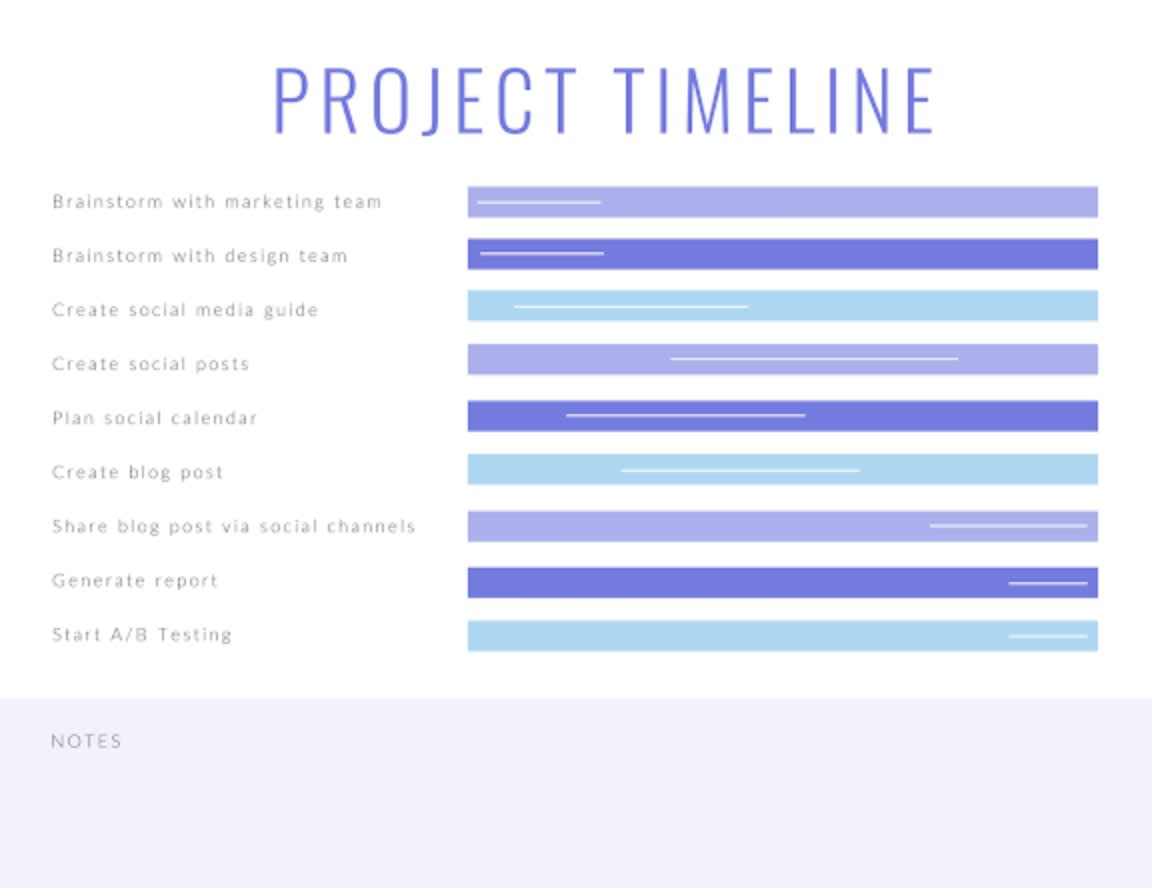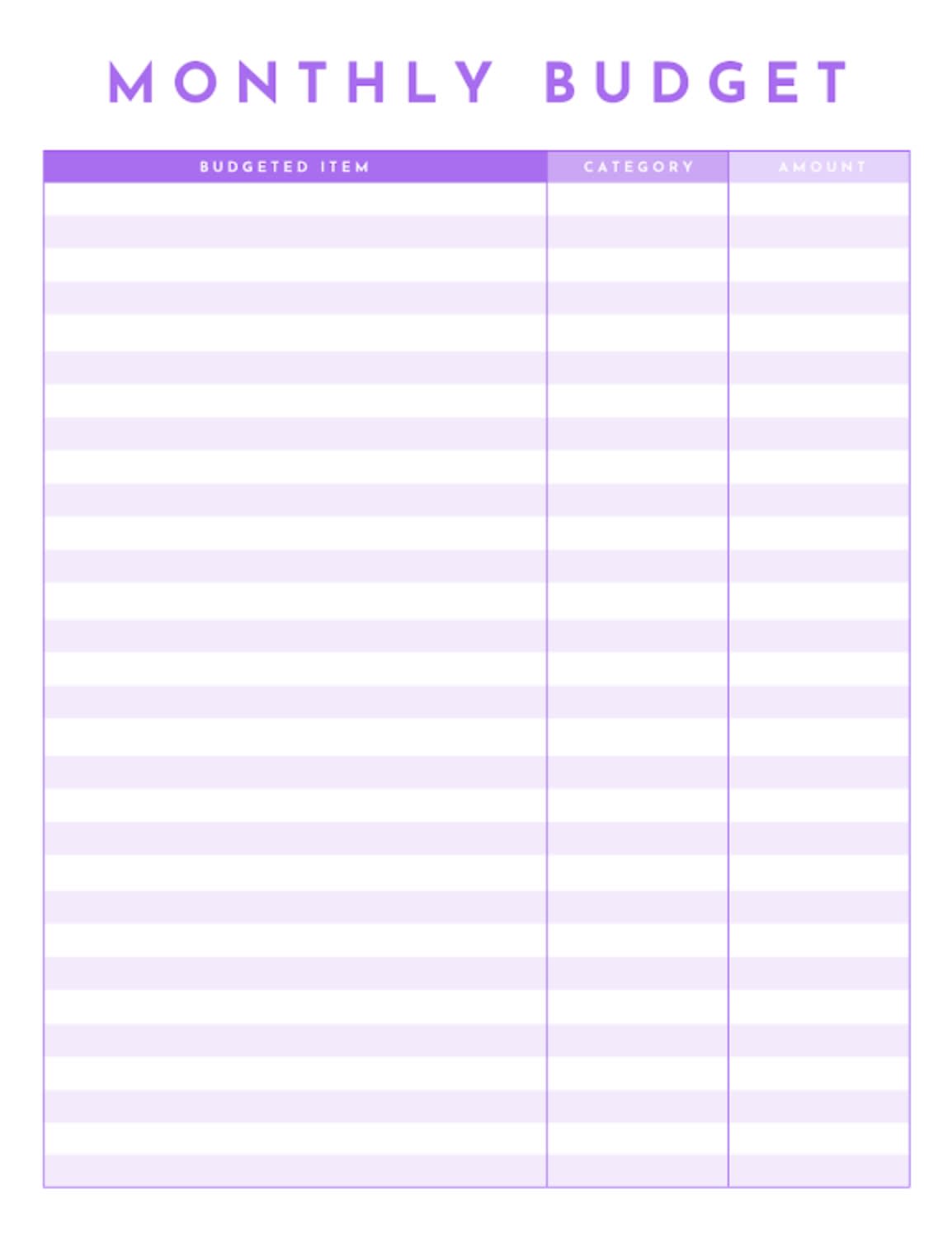
How to Plan an Event: The 7 Step Guide
Learning how to plan an event is a must for every business. Not only are they fun business opportunities, they provide ways to engage with your customers and community. While the actual event is the most rewarding and fun part of planning, there is a lot of behind-the-scenes work that goes into the “pre”-event phase.
To make it simpler for you, we’ve compiled a 7-step guide, complete with editable templates for each pre-planning phase so that you can get off and running on the right foot (feet?).
How to Plan an Event in 7 Steps
1. Create an event checklist
Starting with an event checklist can be the difference between a smoothly run event and a chaotic and disorganized one. Getting everything you need to tackle for the event written down on one document ensures you’ve got all components covered.

Lovin’ this checklist? Customize the “Stuff I Gotta Do” template in PicMonkey!
If you have outside help, you can also invite others to collaborate to make sure everything relating to the event is fully accounted for.
2. Set your event goals
Once you’ve jotted down what needs to be accomplished in order for the event to run according to plan, take it a step further and identify the goals that you hope to achieve with this event.
Will this event promote a new product or brand? Are you hoping to increase brand awareness and attendees from a previous event? In addition, how do you plan on measuring the event’s success? Writing down your goals further solidifies the event’s purpose and criteria for success.
3. Organize team members and set a timeline
Any event planning is much easier if you have extra help. Assemble team members or other outside help to divide and conquer tasks based on each team member’s skill sets. Delegating tasks and responsibilities to others makes the event planning workload even less daunting. Not everyone can do it all!

Lovin’ this template? Customize this project timeline in PicMonkey!
Once you have a reliable team assembled, break down all of the event planning tasks into a realistic timeline and schedule. Think of what needs to be taken care of ahead of time and what else can be worked on in the weeks leading up to the event. For example: Book venues, hire catering, or design marketing materials ahead of time, and promote on social media leading up to the event.
Assign reasonable deadlines and create frequent meetings to make sure your team is running smoothly without any impending roadblocks.

Lovin’ this template? Customize the calendars in PicMonkey!
4. Establish a reasonable budget
Planning for an event is more than just getting people in one place—it requires additional thought into each detail needed to set the event up for success. What’s an event without refreshments, music, or decorations?

Lovin’ this template? Customize the monthly budget in PicMonkey!
Some areas you need to account for in your event budget include:
Venue
Includes the physical location where your event will take place; payments may include room rentals, parking, and up-front security deposits.
Catering
Includes food and drinks to accompany the event. Depending on the size and occasion of your event, catering costs can differ.
Entertainment
Includes any music, DJs, or speakers that will attend the event.
Decorations
Includes any decorations needed to adorn the event venue, such as lights, backdrops, floral arrangements, etc.
Marketing
Any promotional materials to alert others of your upcoming event, such as invitations, flyers, posters, email campaigns, or social media advertisements (more on this later).
Equipment
Includes any microphones, music speakers, projectors, and other electrical equipment.
5. Book a date and event venue
Once you’ve determined a reasonable event budget with everything accounted for, set your event date and find a venue that suits your needs, whether in-person or virtual.
When planning for a date and venue, be sure to give yourself and your team members ample time to complete their tasks. In addition, give your team time to adequately promote the upcoming event. If you have a planned event size, make sure your venue can also accommodate everyone and that the event location or platform is accessible.
6. Design event marketing materials
Next up is designing and planning all of your promotional and marketing materials for the event.

Lovin’ this template? Customize the party poster in PicMonkey!
Printed materials, such as invitations, flyers, and posters are best designed first so there is ample time to print and promote in high traffic areas. Digital designs can be promoted in the weeks leading up to your event.
When designing marketing materials, think of your event audience and leverage the marketing channels you believe will resonate most with your audience.

Lovin’ this template? Customize our celebration flyer here!
7. Double-check all details
Once you’ve crossed off each task and have gotten a majority of your event planned out, always reserve time to double-check that every component of your event has been taken care of.
Follow up with the event venue, any rentals, catering services, and more to make sure everyone is on the same page. This is also a great time to bring in outside help or team members to make sure your event will go off without a hitch. Getting organized with our easy-to-customize templates and keeping all event planning documents centralized is a great way to ensure your event will be a resounding success.
Knowing how to plan an event is one feat – doing it is a whole other! So definitely give yourself a rewarding pat on the back. Whew! Now that the stressful planning is over, go on and enjoy yourself at the event, you deserve it!
